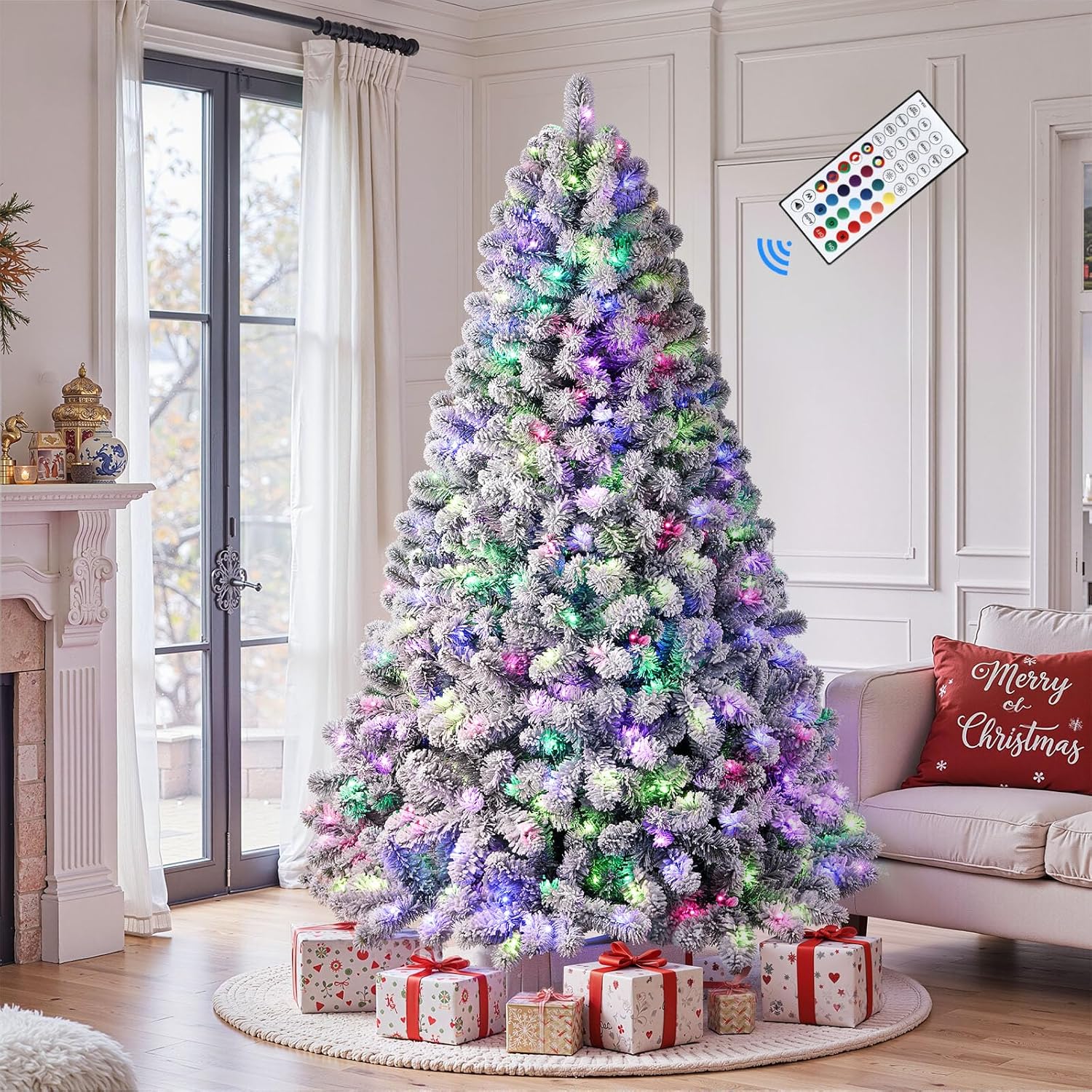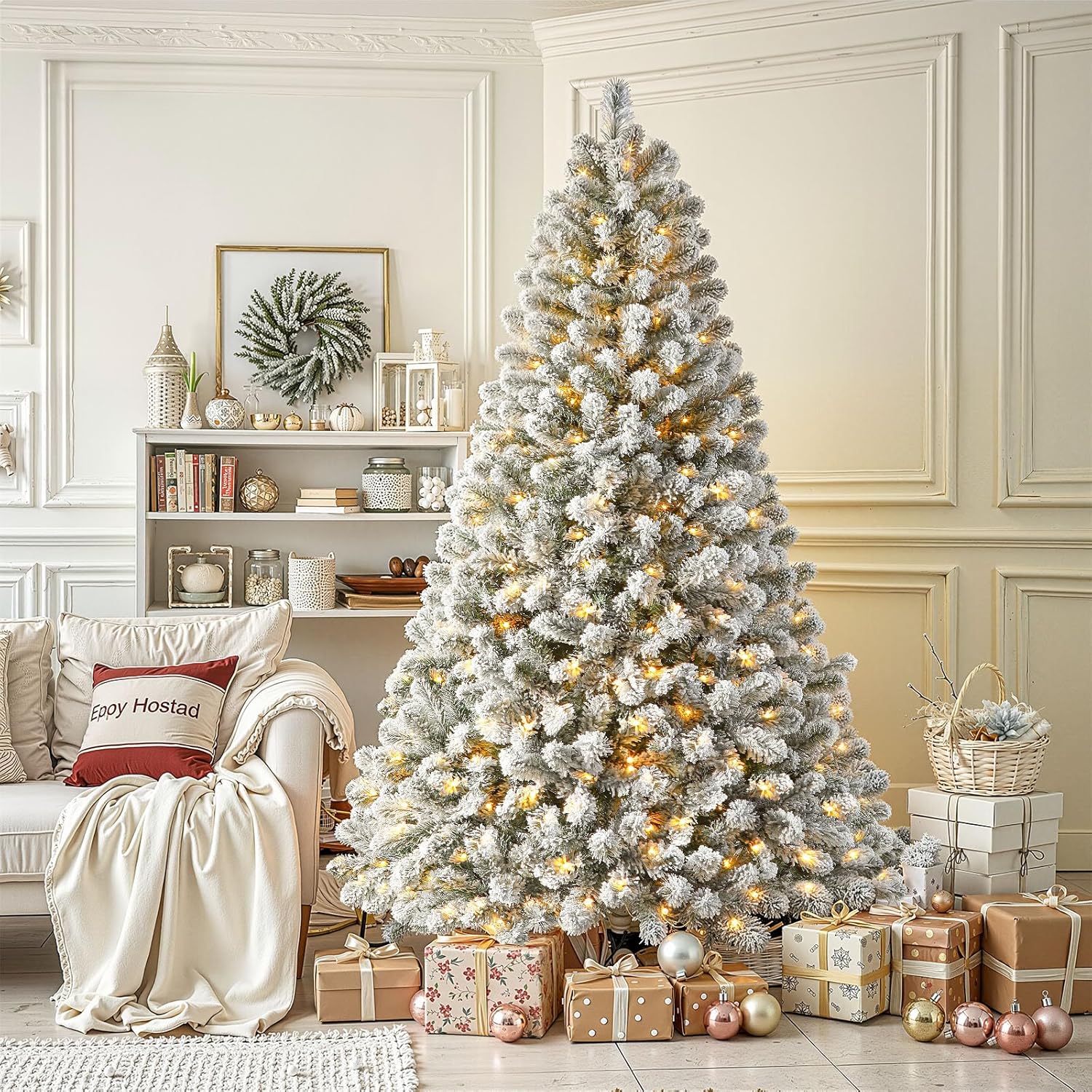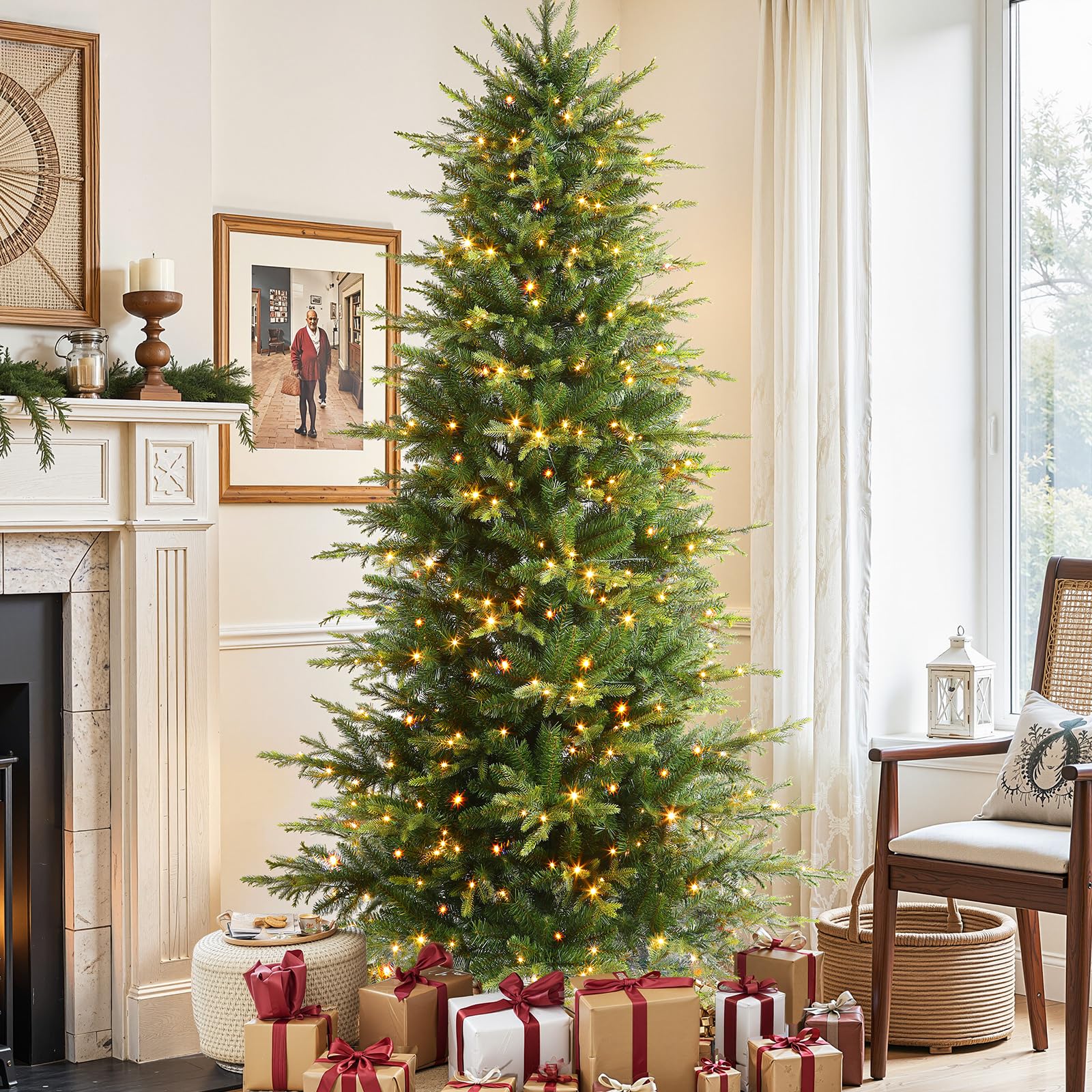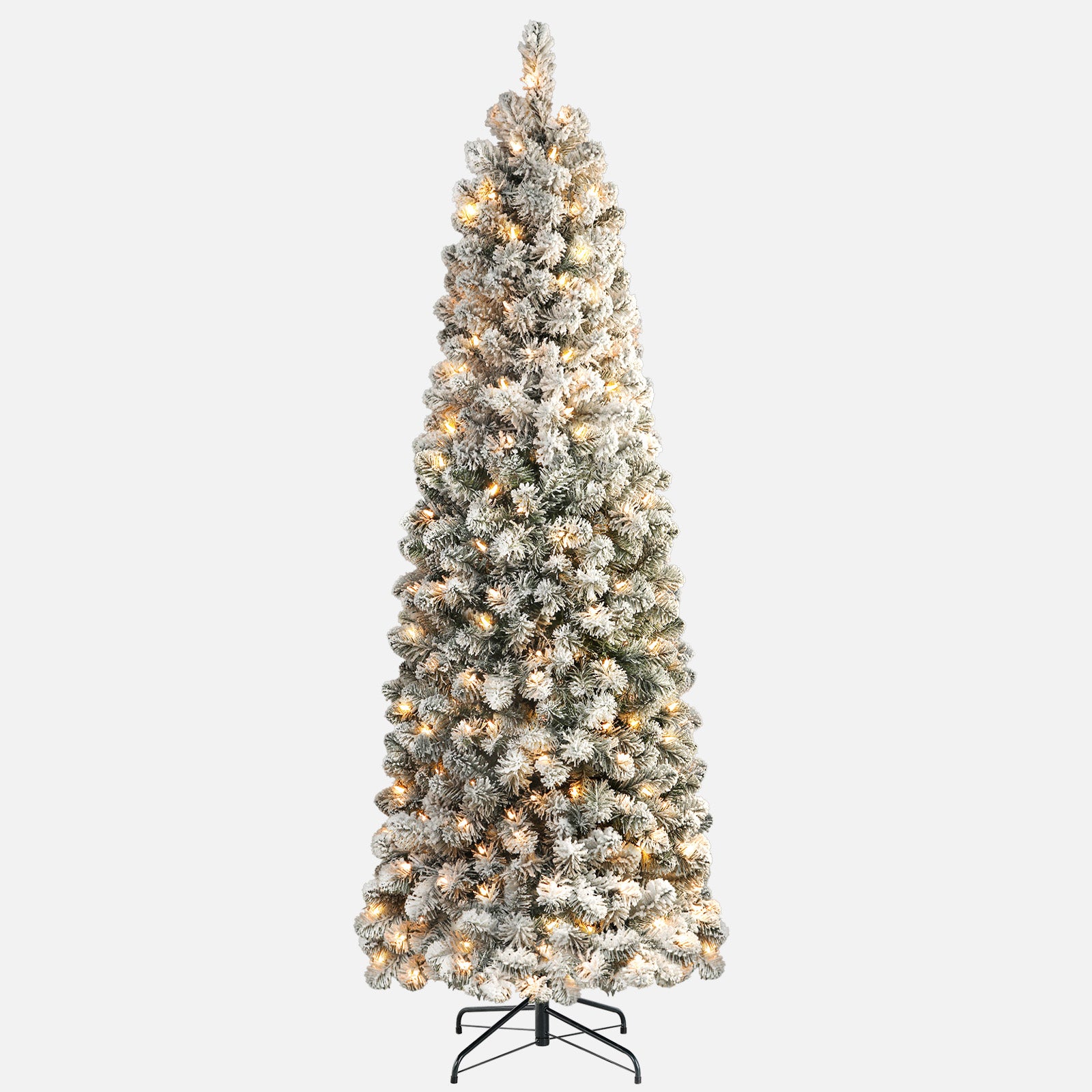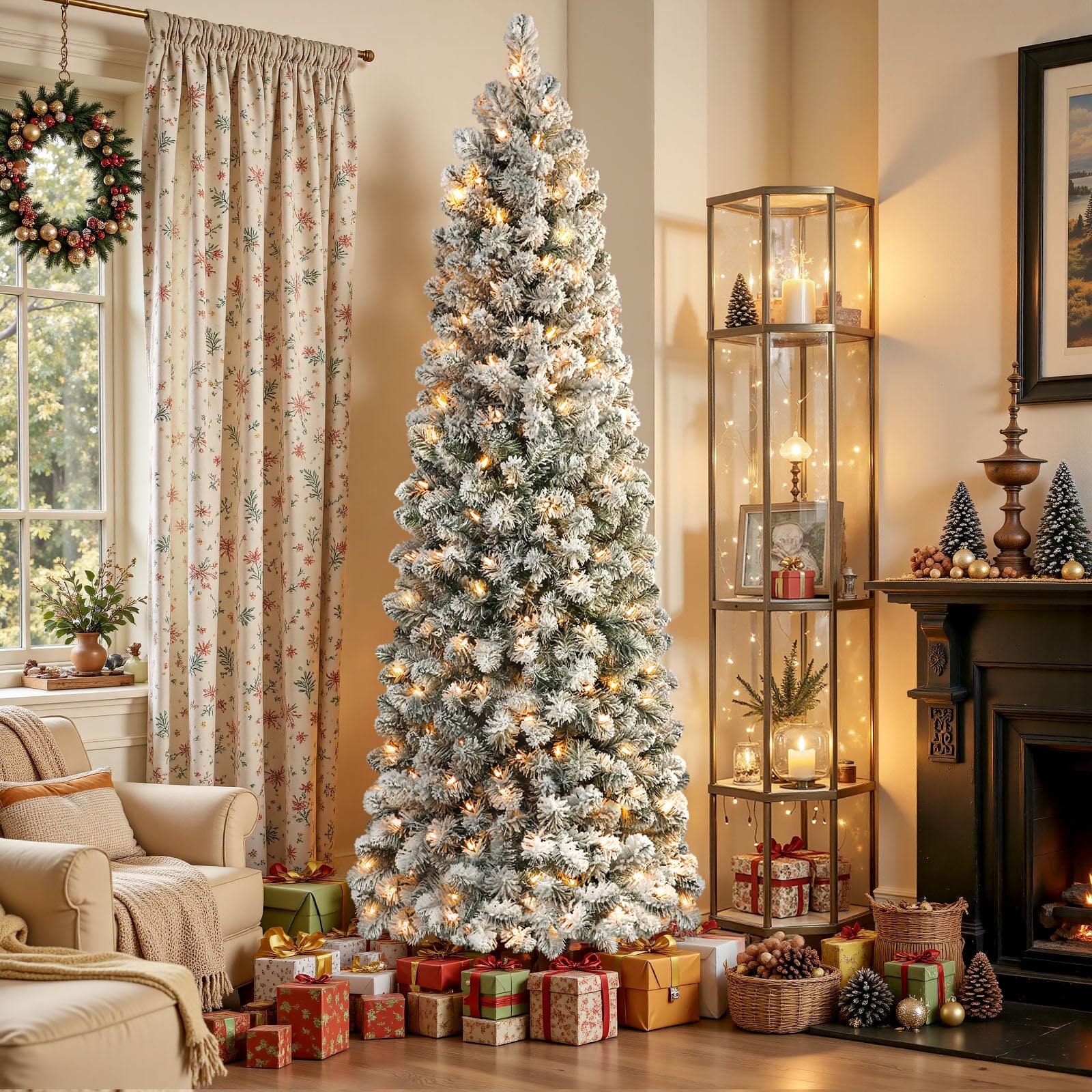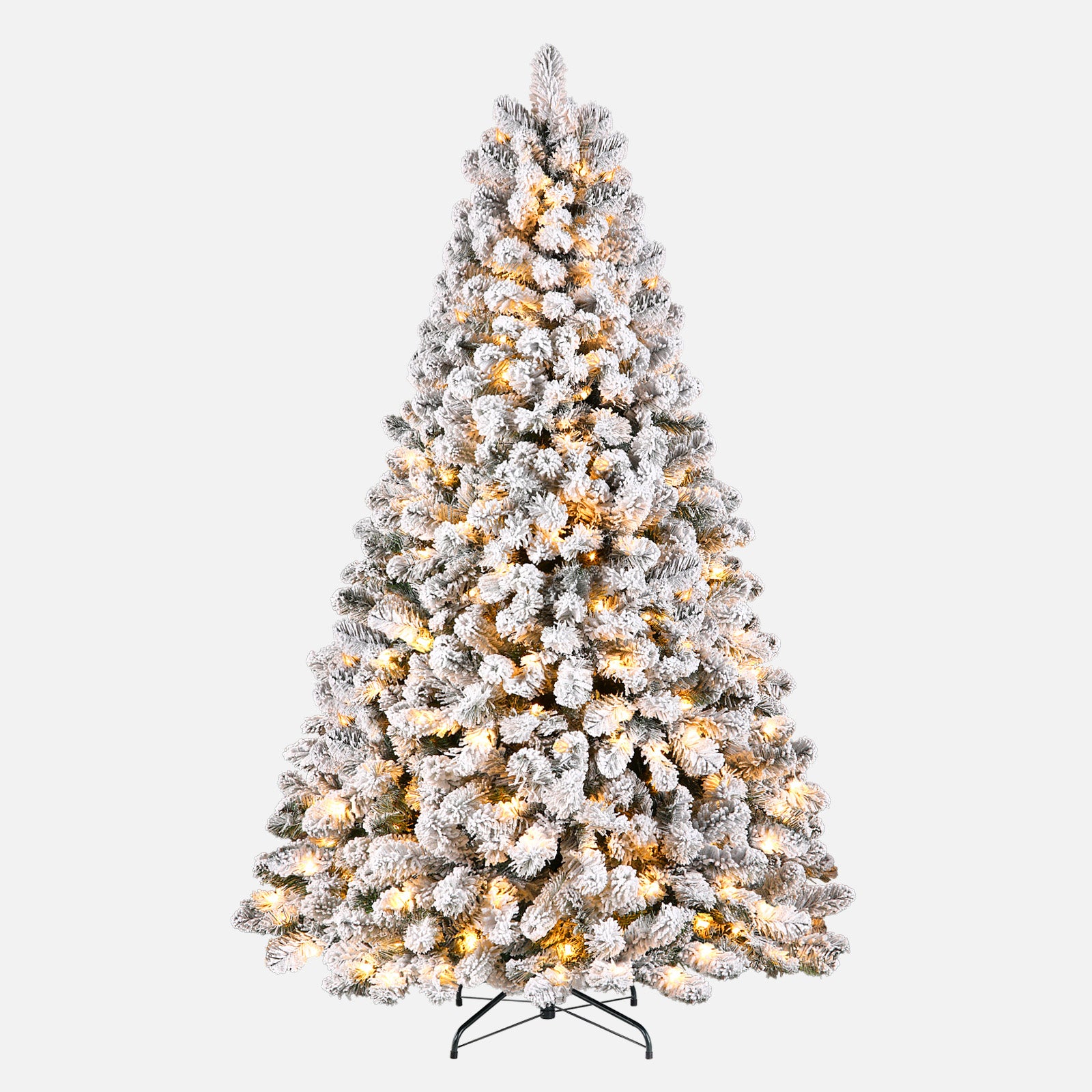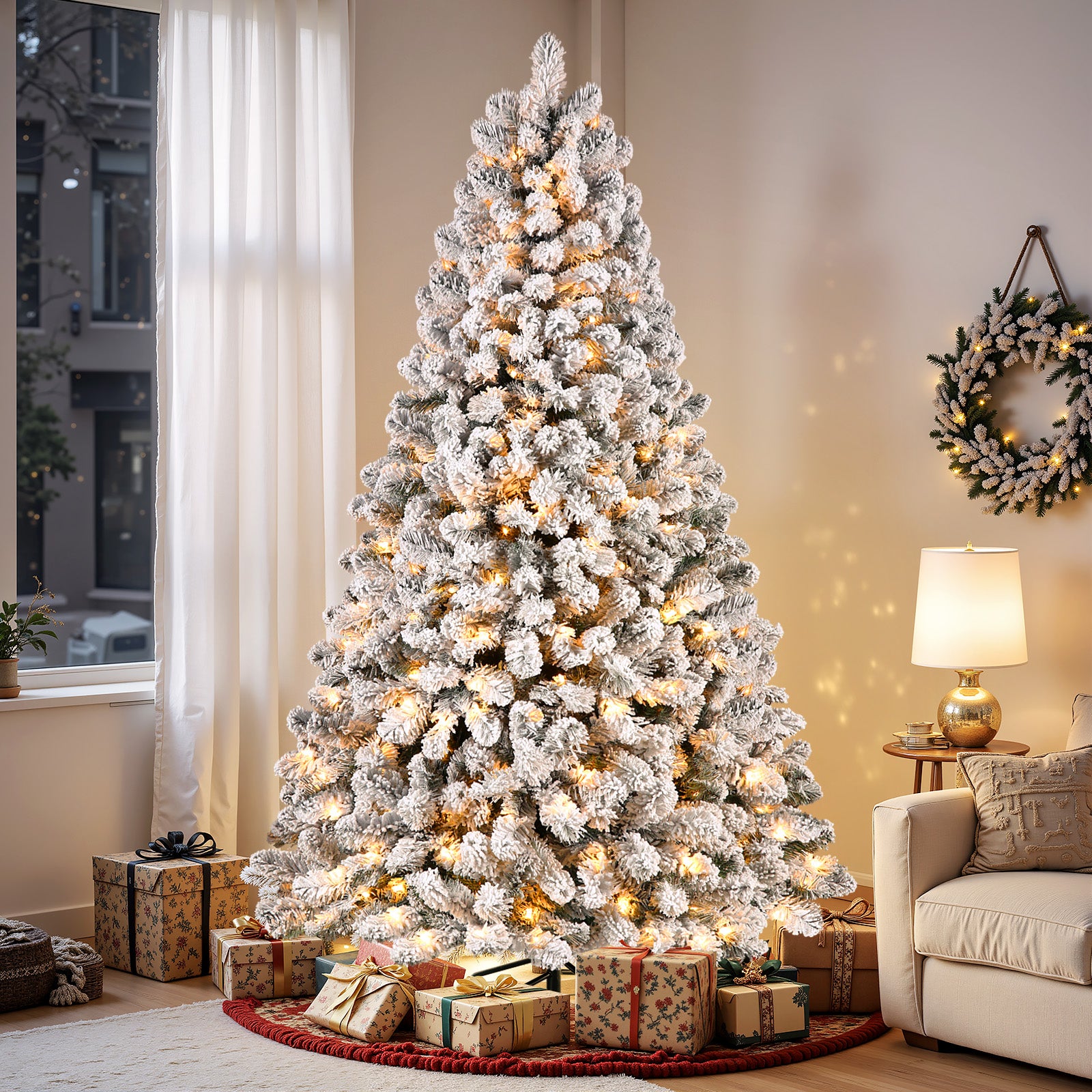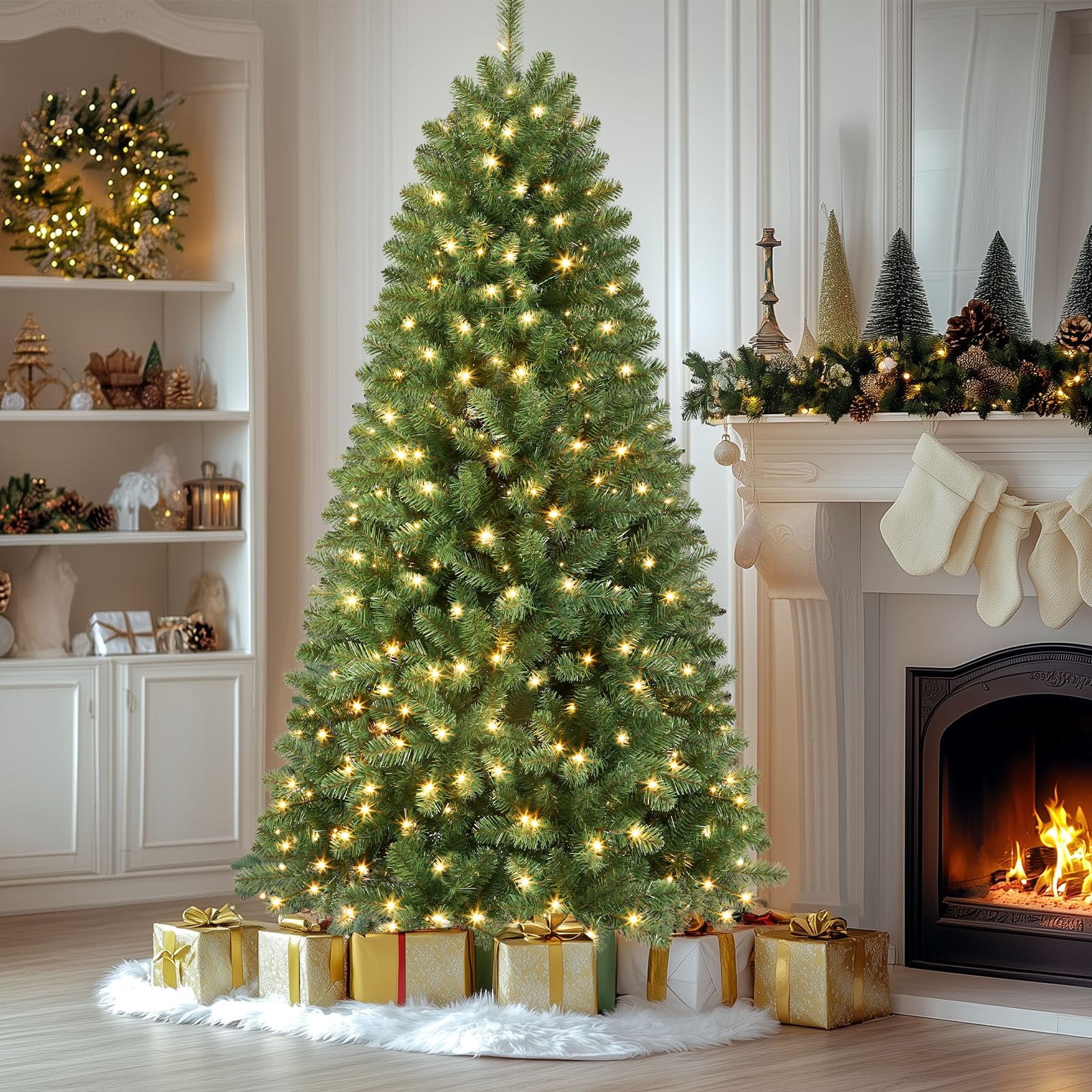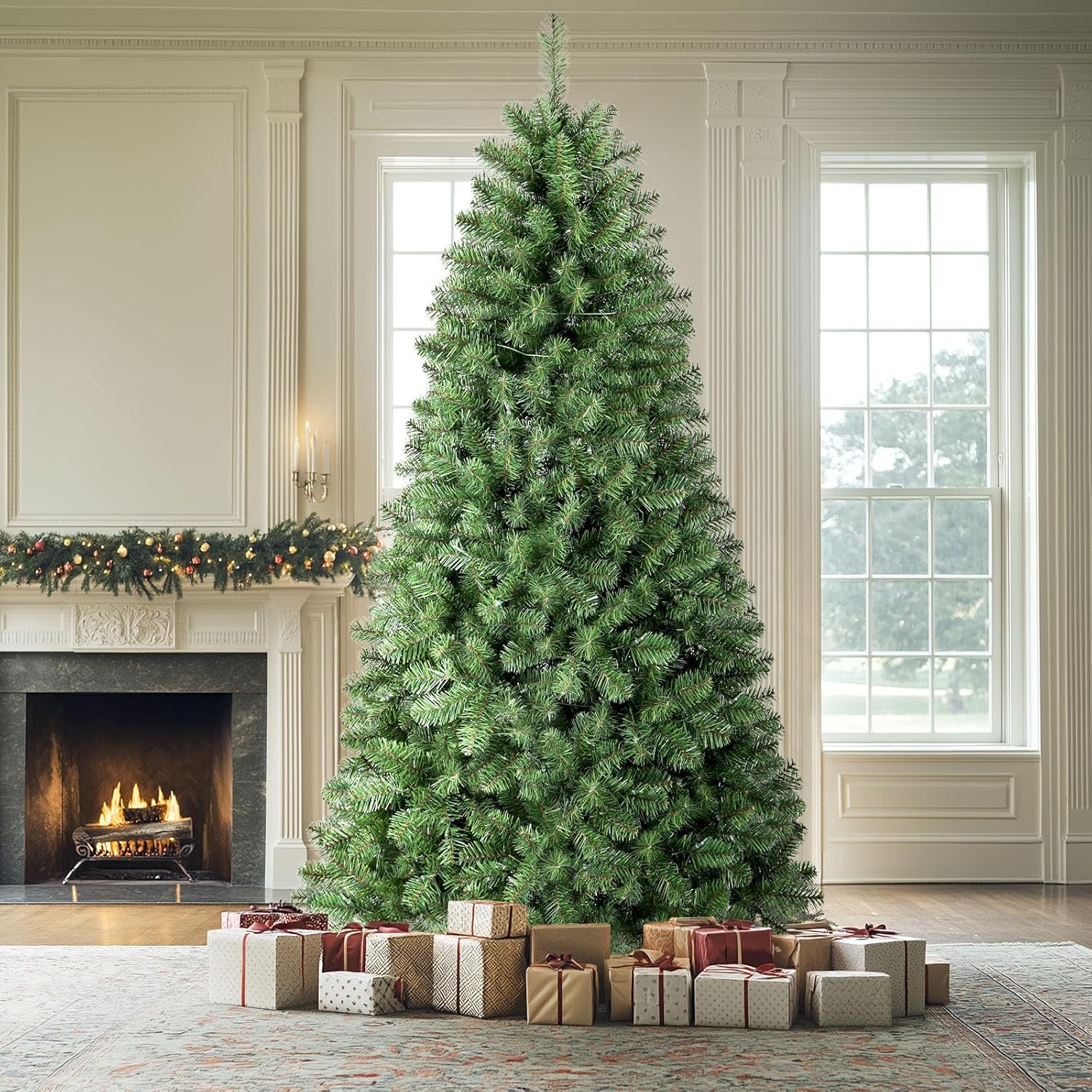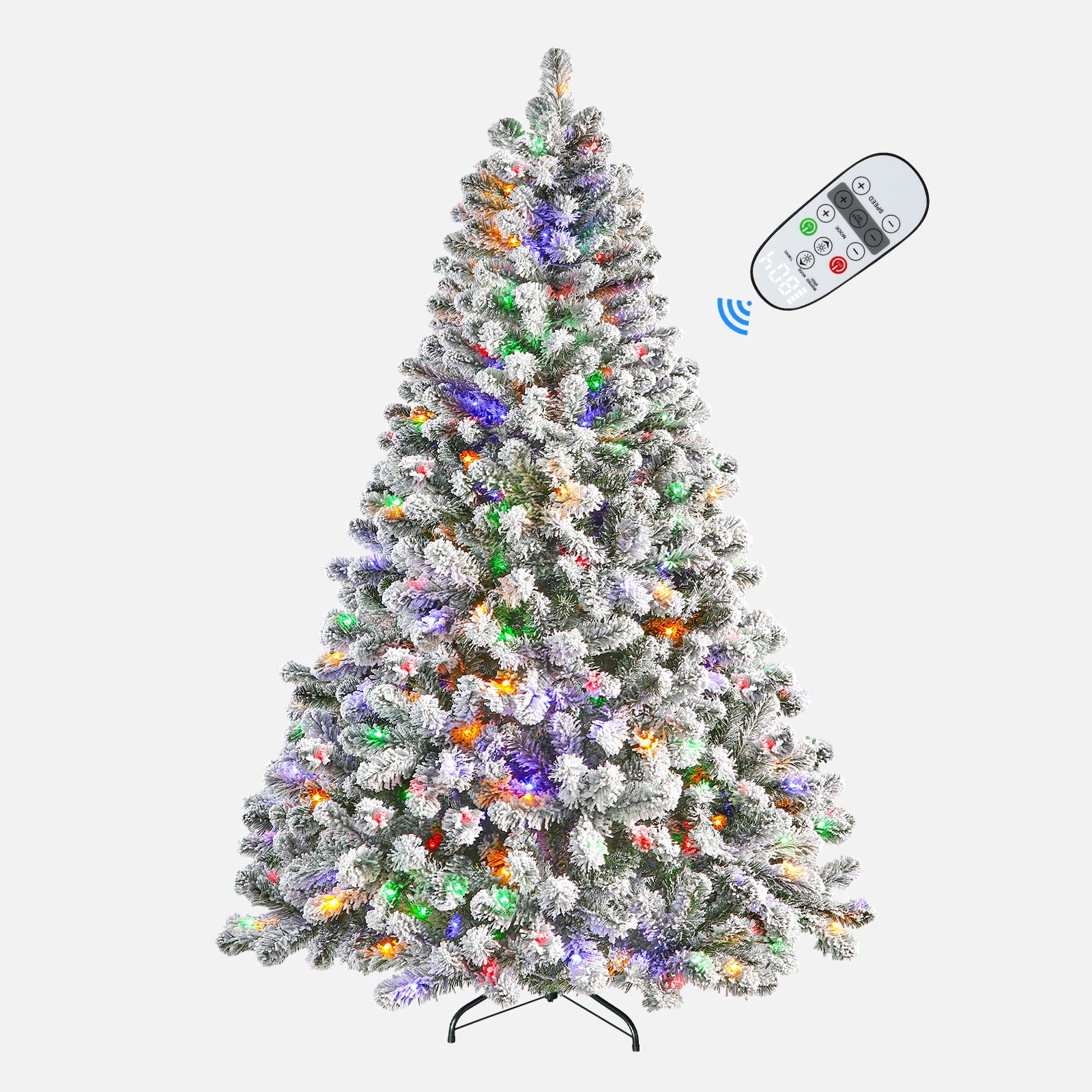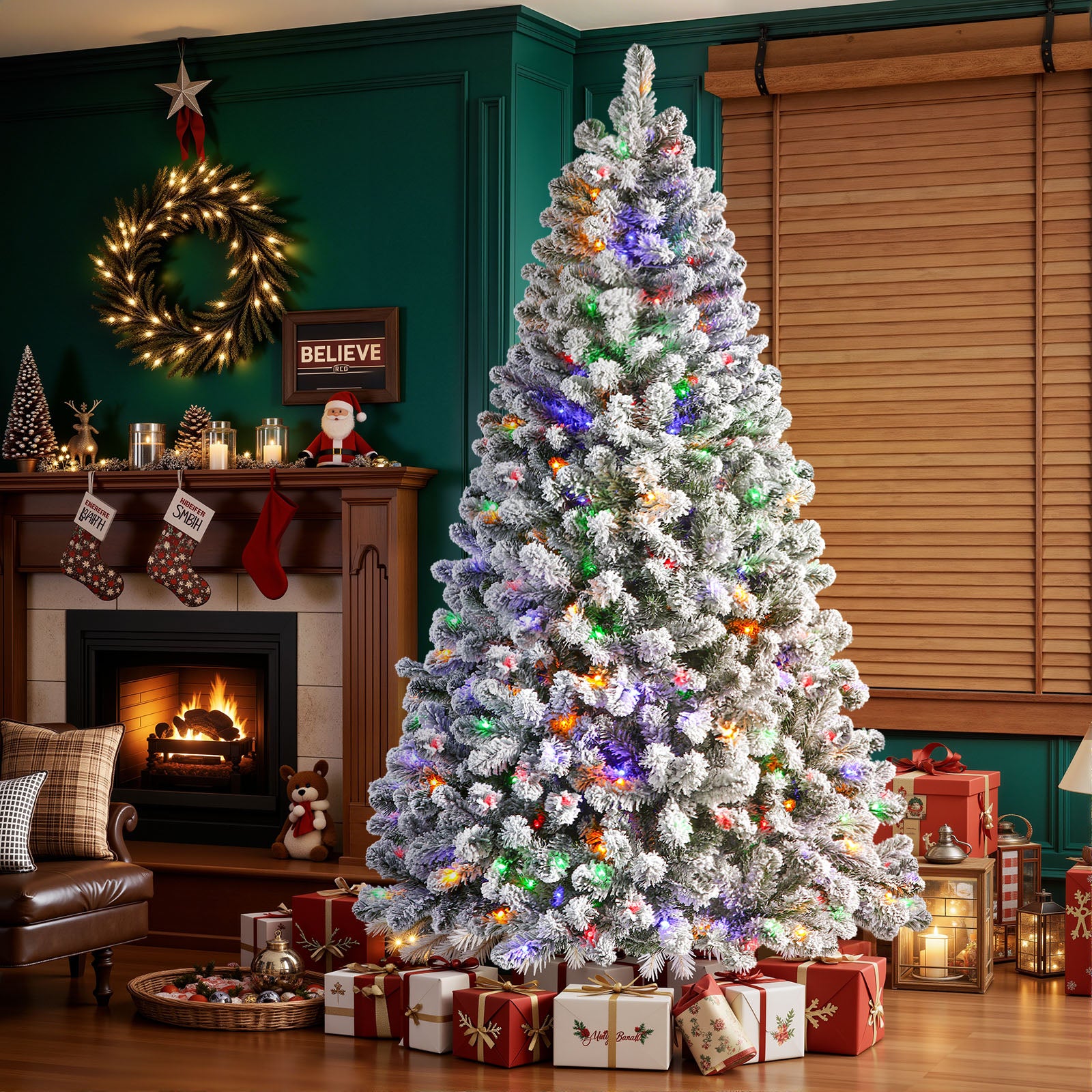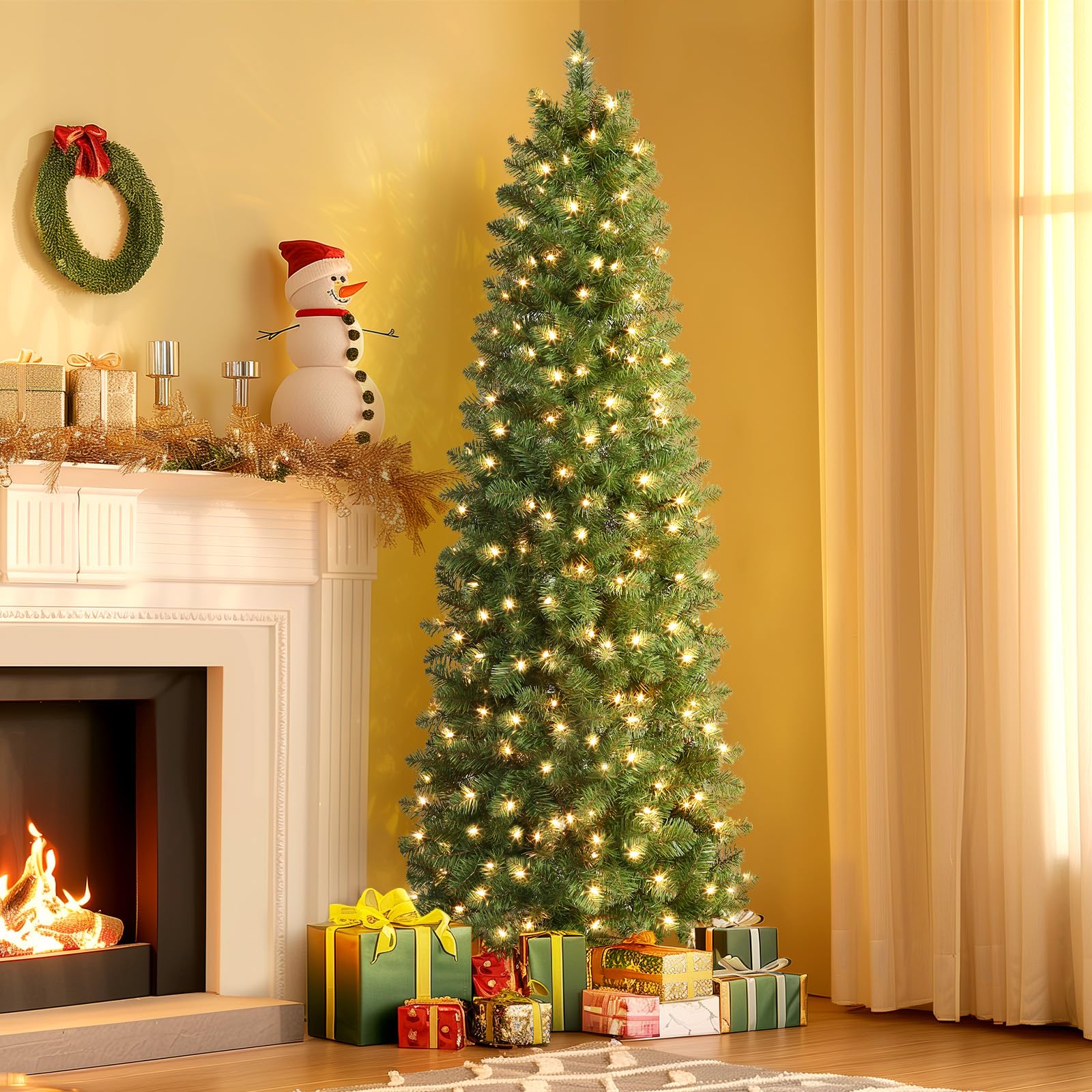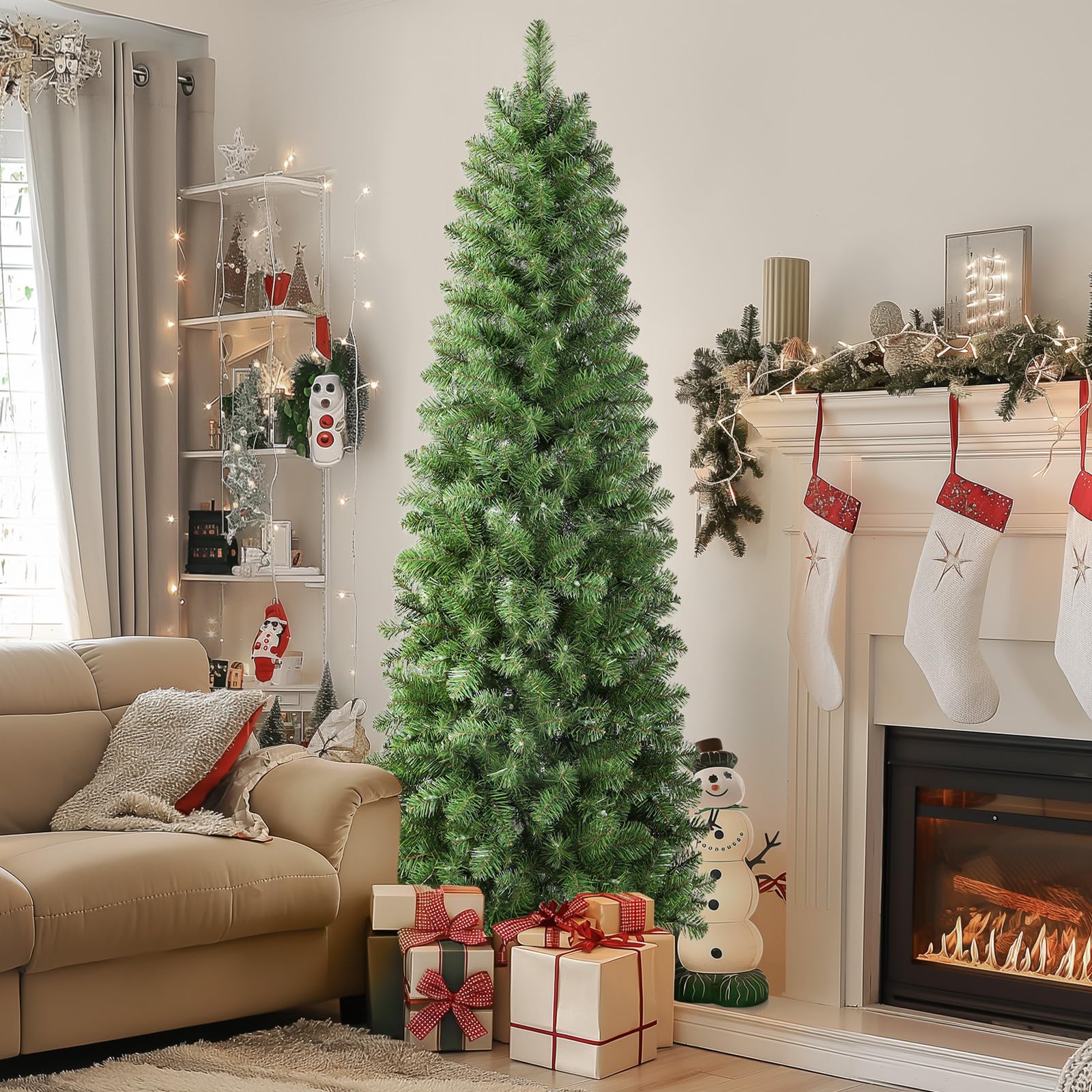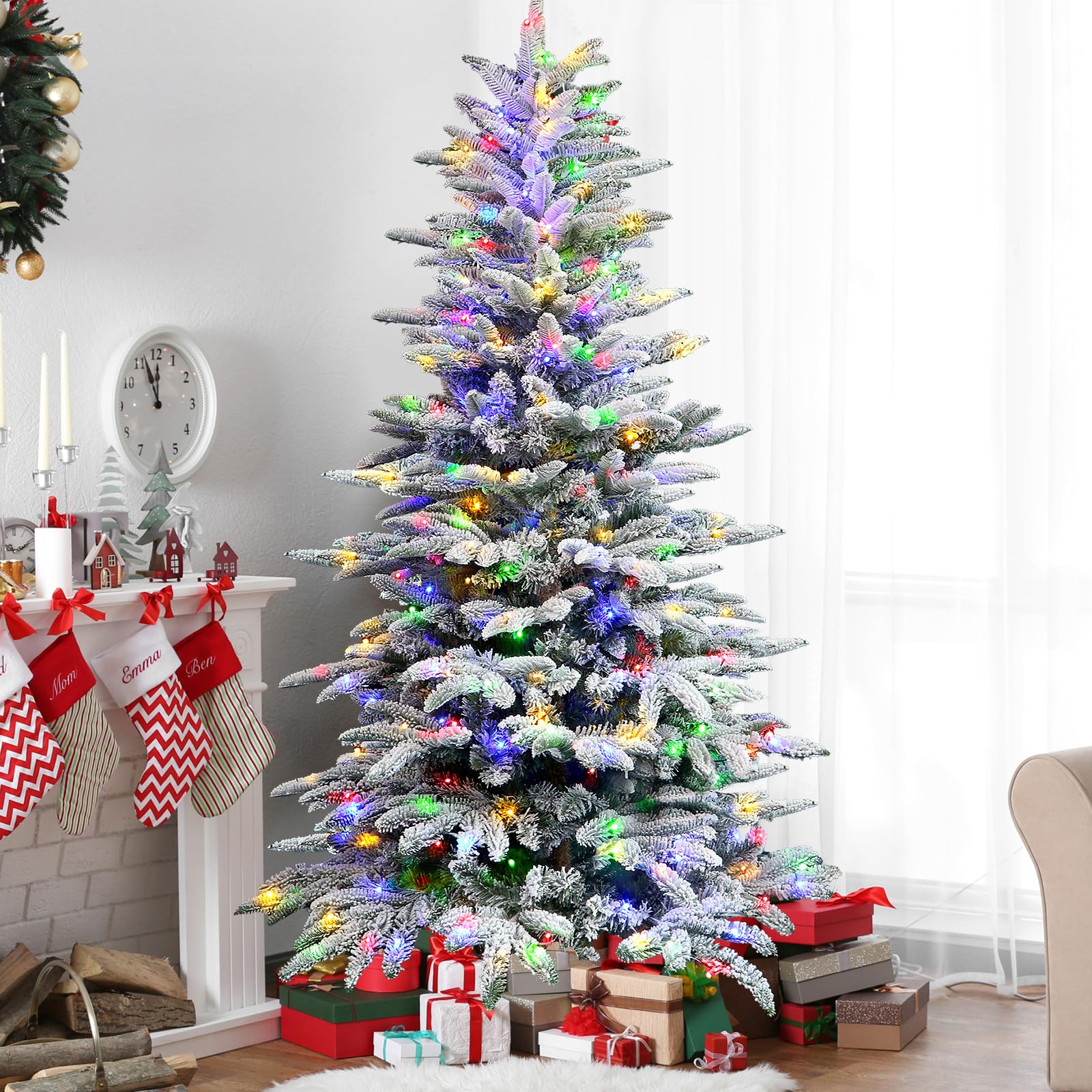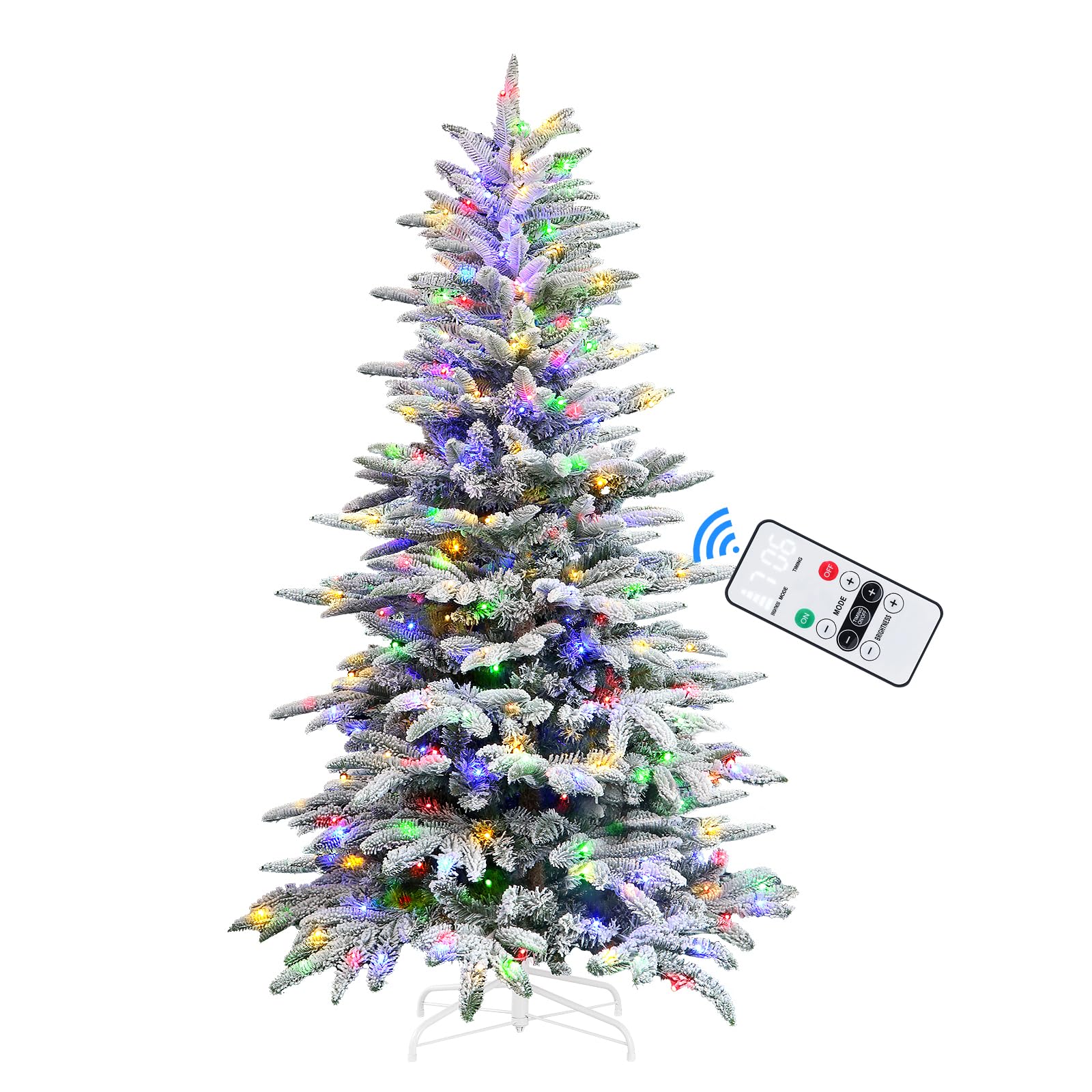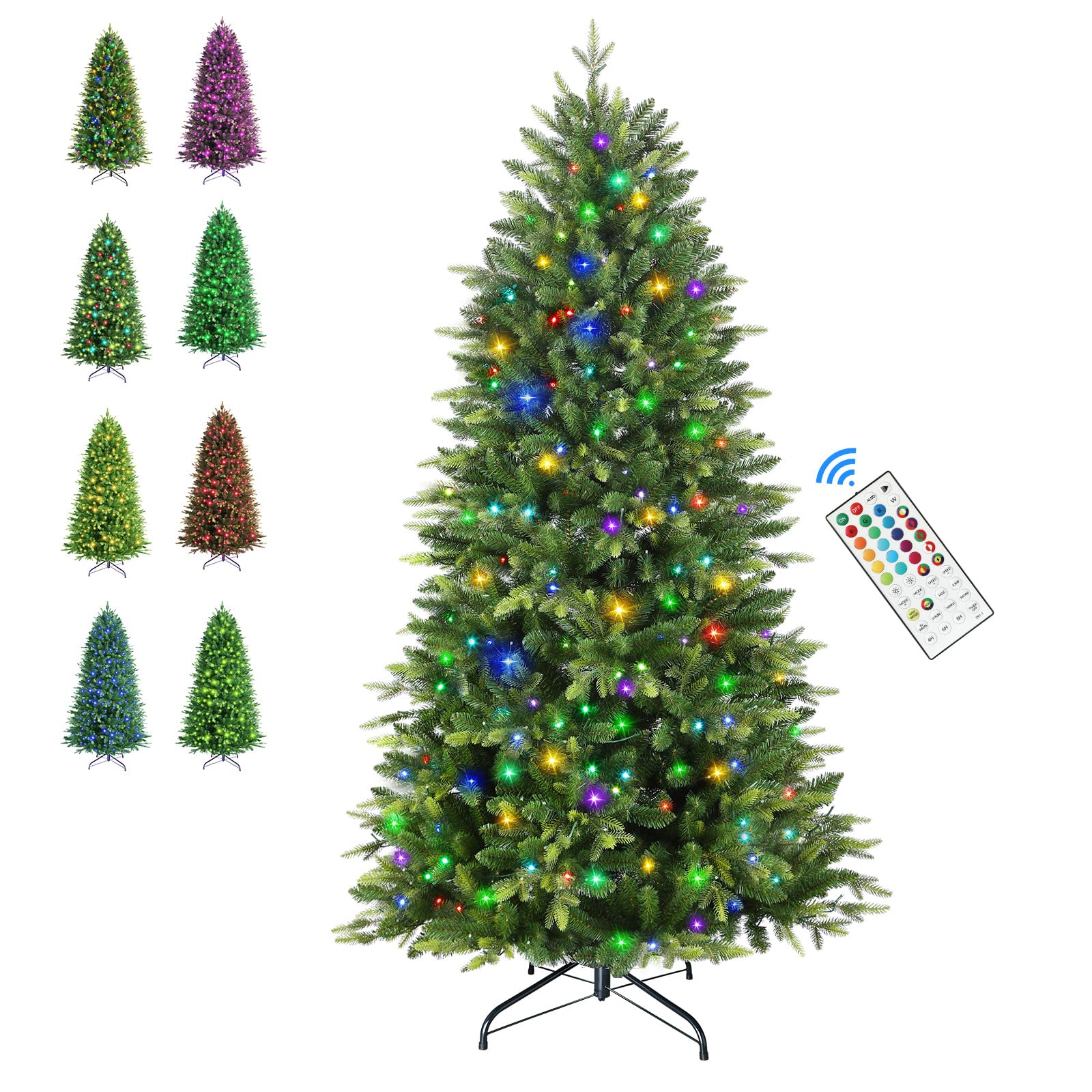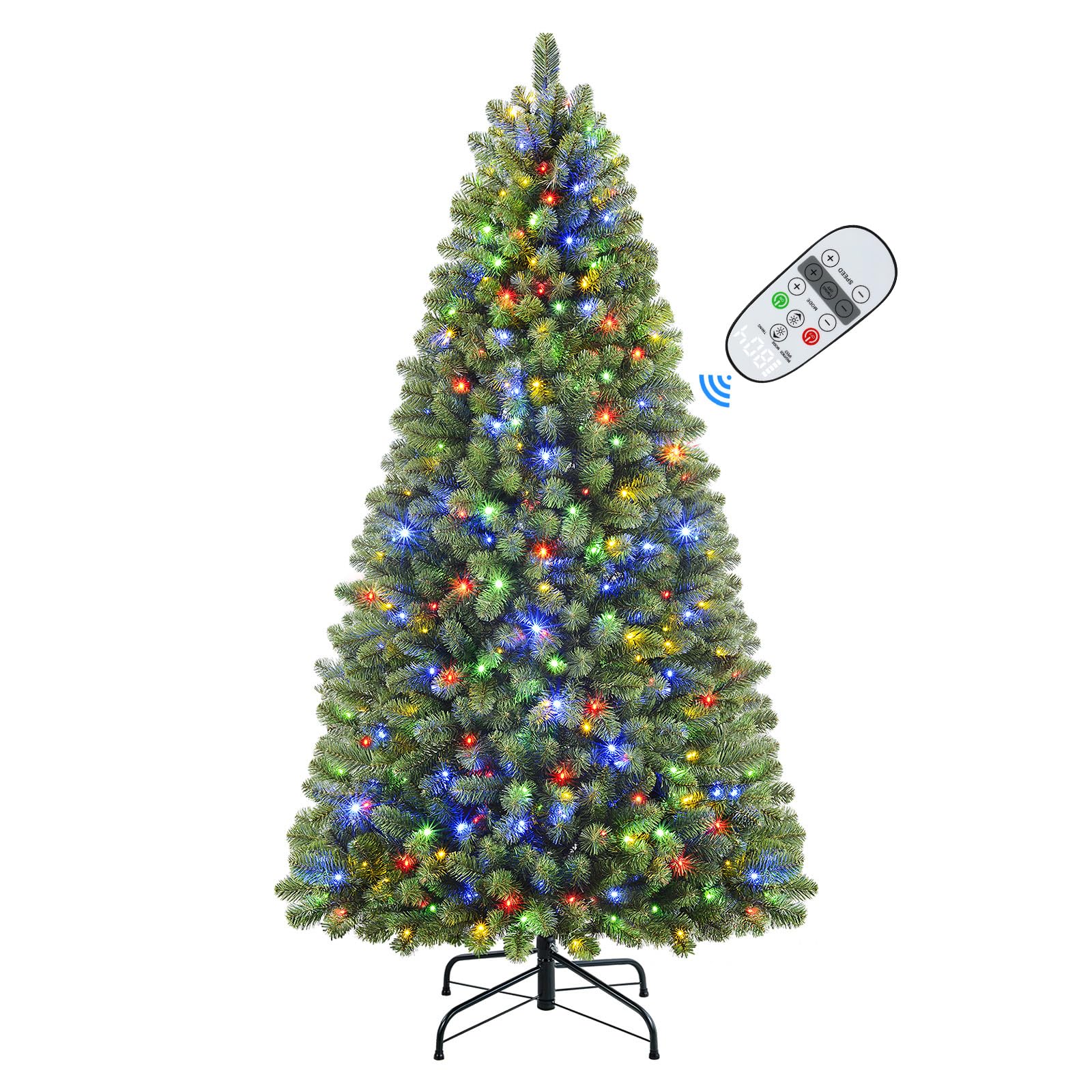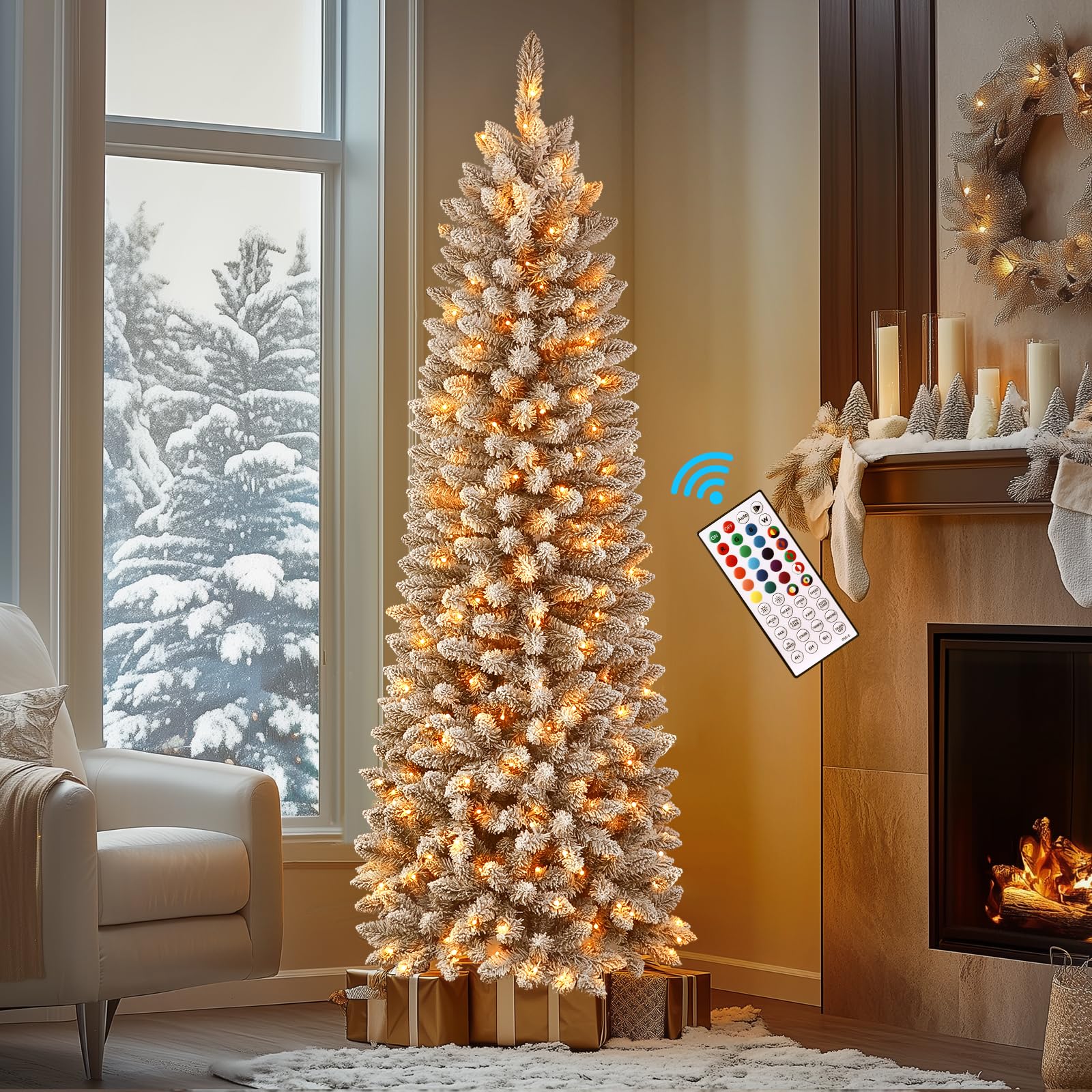As the holiday season approaches, one classic debate returns: real or artificial Christmas tree? While nothing beats the scent of fresh pine for some, a growing number of households are switching to faux trees—and with good reason. From safety and savings to style and simplicity, artificial trees now rival their natural counterparts in more ways than one. Here are six powerful reasons why going faux might be your best Christmas decision yet.
🌟 Convenience & Low Maintenance
One of the top reasons families opt for artificial trees is pure convenience. There's no trip to the lot, no trimming the trunk, and absolutely no pine needle mess on your floors.
-
Quick assembly: Most artificial trees come in collapsible sections with color-coded branches or hinges.
-
Pre-lit options save time and effort when decorating.
-
No watering required and no daily cleanup.
-
Ideal for early birds: Set it up right after Thanksgiving and it stays vibrant through New Year’s.
🔥 Improved Safety Features
Artificial trees provide peace of mind in a season filled with candles, lights, and electrical decor.
-
Fire-resistant materials make them far safer near heat sources.
-
No drying out, which lowers the fire hazard significantly.
-
Allergy-friendly: Faux trees carry no mold spores, sap, or tree pollen, which helps sensitive households enjoy the holidays sniffle-free.
-
Pet-safe and toddler-friendly, too—no loose needles or sticky sap to worry about.
💰 Cost-Effectiveness Over Time
Though the upfront cost may be higher, artificial trees are a long-term investment.
-
Use the same tree year after year without additional expenses.
-
Avoid annual price hikes at tree farms or stores.
-
Average lifespan of an artificial tree: 8 to 10 years.
-
Bonus: Save on gas, time, and tree disposal costs.
✨ Aesthetic Flexibility & Customization
Artificial trees offer more control over your holiday aesthetic than real ones ever could.
-
Available in perfect shapes, including pencil, slim, full, and flocked options.
-
Choose from pre-lit, color-changing, or even fiber optic trees.
-
Materials like PE or PVC mimic natural branches with incredible realism.
-
Designed to hold heavy ornaments without drooping.
😌 Allergen- and Pet-Friendly
Real trees can be a nightmare for those with allergies or asthma. Mold, pollen, and tree sap are all common triggers.
-
Artificial trees don’t harbor mold spores or volatile organic compounds.
-
No bugs, no cleanup, no risk of an allergic reaction.
-
Pets are less likely to chew on or hide under artificial trees.

🌍 Environmental Considerations
Surprisingly, when reused year after year, artificial trees can be the more eco-conscious choice.
-
A faux tree used for at least 5–10 years creates a smaller carbon footprint than buying a fresh tree annually.
-
No tree cutting = forest preservation.
-
New eco-models are now made from recycled materials and come with minimal packaging.
-
Be sure to recycle or donate when you’re done to reduce landfill waste.
🎁 Conclusion
Choosing an artificial Christmas tree is more than just a decorating decision—it’s about making the holidays simpler, safer, and more sustainable. Whether you want to save time, reduce allergens, stretch your holiday budget, or avoid the hassle of tree disposal, going faux delivers real advantages.
So this Christmas, go ahead and make the switch. Your future festive self will thank you!
❓ Frequently Asked Questions
How many years should I use an artificial tree to make it environmentally worth it?
To break even on carbon impact, aim for at least 5 to 10 years of use. The longer you keep and reuse it, the greener it becomes.
Are artificial Christmas trees safe for pets and children?
Yes! They’re less likely to tip, contain no sharp needles, and are non-toxic, making them safer around kids and pets.
How do I care for and store an artificial tree?
Disassemble it carefully, pack in the original box or a storage bag, and keep in a cool, dry place. Avoid cramming it into tight spots to maintain its shape and fluff.


